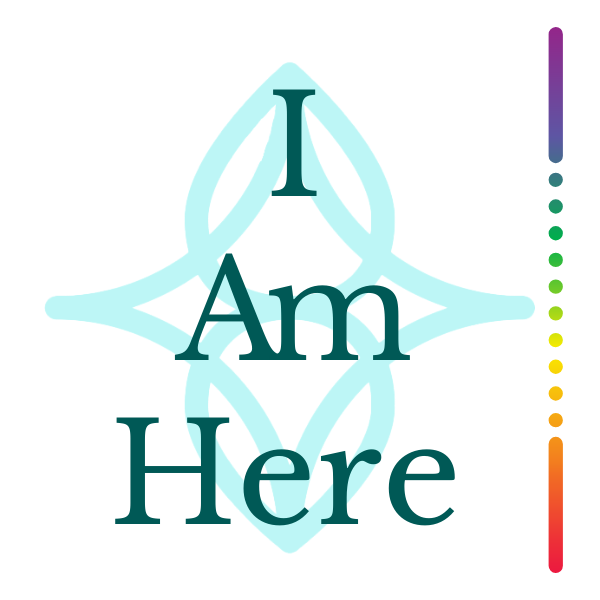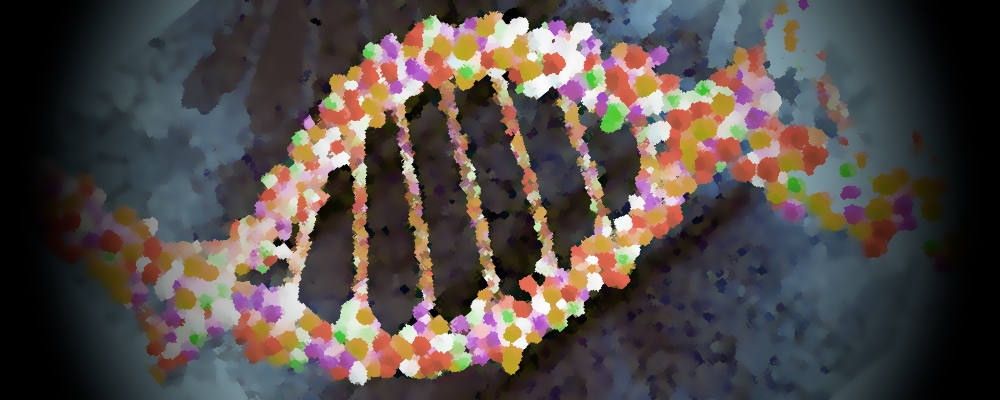“The meeting of two personalities is like the contact of two chemical substances: if there is any reaction, both are transformed.”
C.G. Jung
Using a single photon, or particle of light, two people can simultaneously send information to one another, scientists report in a new pair of papers. The feat relies on a quirk of quantum mechanics — superposition, the phenomenon through which particles can effectively occupy two places at once.
Imagine that two people, Alice and Bob, are stationed some distance apart. In standard classical physics, Alice and Bob would each require their own photon to send each other messages simultaneously, with each light particle transmitting a single bit, 0 or 1.
But if Alice and Bob possess a photon that is in a superposition — simultaneously located near Alice and near Bob — both of them can manipulate that photon to encode a 0 or 1, and then send it back to the other. How each manipulates the photon determines which of the two receives the photon in the end. If Alice and Bob put in the same bit — both 0s or both 1s — Alice receives the photon. If their bits don’t match, Bob gets it. Since Alice knows whether she sent a 0 or a 1, she immediately knows whether Bob encoded a 0 or 1, and vice versa.
To show that such communication is possible, Walther and colleagues sent single photons through an arrangement of mirrors and other optical devices. The setup put the photon in a superposition, sending it simultaneously to two stations that represented Alice and Bob.
By changing the phase of the light’s electromagnetic wave — shifting where the troughs and peaks of the wave fell — the researchers encoded the photon with a 0 or 1 at each station. Then, at each station, the photon — still in limbo between Alice and Bob — was sent to the opposite station. Along the way, the photon interacted with itself, interfering like water ripples combining to amplify their strength or cancel out. That interference determined whether the final photon was detected at Alice’s station or Bob’s.
Sending information via quantum particles is a popular research subject, thanks to the promise of unhackable quantum communication (SN: 12/23/17, p. 27). The new studies specify a previously unidentified twist on that type of technique. “Sometimes you overlook a cool idea, and then it’s just literally right in front of your nose,” says University of Vienna experimental physicist Philip Walther.
Theoretical physicists Flavio Del Santo of the University of Vienna and Borivoje Dakić from the Institute for Quantum Optics and Quantum Information of the Austrian Academy of Sciences describe the theory behind the procedure in the Feb. 9 Physical Review Letters. Walther, Del Santo, Dakić and colleagues follow up with a demonstration of the technique in a paper posted at arXiv.org on February 14.




